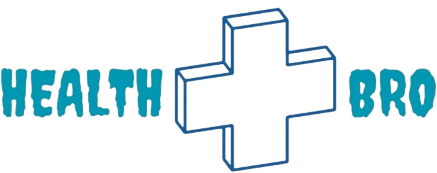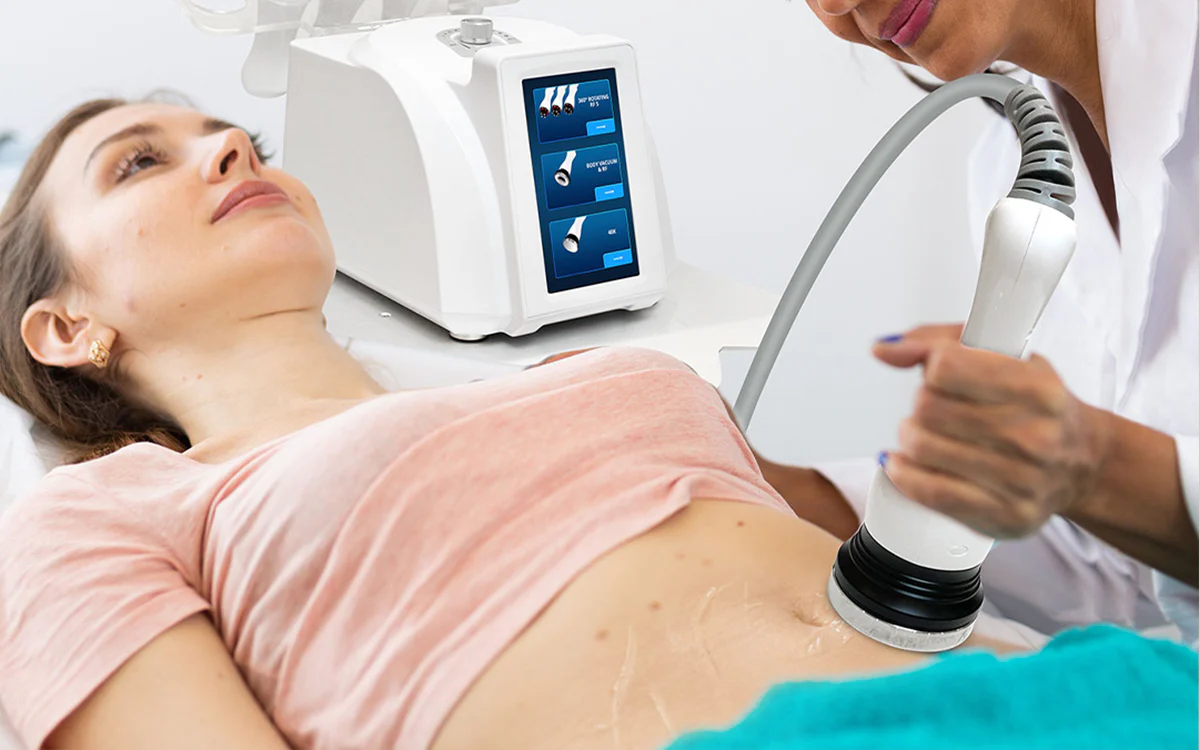Are Cavitation Machines Suitable for Everyone? Understanding Contraindications
In recent years, the use of cavitation machines for body sculpting and fat removal has been increasingly popular. These revolutionary equipment, such as ultrasonic cavitation machines and professional cavitation machines, provide promising results for anyone looking to reduce stubborn fat deposits and create a more contoured body. Importantly, these machines are designed with safety in mind, ensuring that the procedure is non-invasive and the risks are minimal.
Although cavitation devices can be pretty successful, they are only appropriate for some patients. It is critical to address an important, sometimes overlooked issue: recognizing contraindications. Ignoring contraindications might result in adverse outcomes and significant hazards for those seeking treatment.
This article will provide essential information about using cavitation machines in the UK and identify applicable contraindications. By emphasizing the importance of thorough consultations and evaluations before commencing such operations, we can better understand who might not be ideal candidates for cavitation treatments and why. Let’s go on a brief tour to guarantee that cavitation machines are used safely and effectively by all those seeking body sculpting solutions, ensuring that you, as a reader, are well-informed and confident in your decision.
What is a Cavitation Machine?
An ultrasound cavitation machine is a non-invasive cosmetic device that targets and reduces localized fat deposits using the cavitation technique. These machines use ultrasound technology to send low-frequency sound waves deep into the subcutaneous fat layer, causing minute bubbles. As these bubbles grow and burst, they produce heat and pressure, effectively destroying fat cells while causing little injury to surrounding tissues.
This technique, also known as ultrasonic cavitation, promotes the breakdown of fat cells, which are naturally removed from the body via the lymphatic system. The best cavitation machines exist in various configurations, ranging from small home cavitation slimming machines to professional cavitation machines used in cosmetic clinics. They provide a convenient and non-surgical alternative to traditional liposuction, making them more popular among those looking to sculpt their bodies and attain a thinner image.
The Benefits of Cavitation Machines
Cavitation devices provide several advantages for people wishing to shape their bodies and lose stubborn fat deposits. One of the key benefits is their non-invasive nature, which eliminates the need for surgical treatments like liposuction. This means less downtime and recuperation time, allowing people to continue their normal activities soon after treatment. Cavitation treatments are usually painless and pleasant, making them available to many people. Furthermore, cavitation devices target specific body parts precisely, enabling accurate contouring and sculpting. Whether targeting love handles, muffin tops, or thighs, these devices provide targeted fat removal, resulting in a more toned and sculpted appearance.
Many users report seeing benefits after just a few sessions, making cavitation treatments a handy and efficient alternative for people looking to lose weight quickly. Overall, the precision of cavitation machines makes them an intriguing option for anyone trying to obtain their ideal body shape without the dangers and inconveniences associated with surgical treatments.
Understanding Contraindications
Contraindications are critical in ensuring the safe and successful operation of cavitation machines. Contraindications in the context of these therapies are circumstances or conditions that may exclude certain persons from undergoing cavitation operations. It is critical to understand that cavitation machines can provide spectacular results but are inappropriate for everyone. Ignoring contraindications might result in negative outcomes and significant hazards for those seeking treatment. As a result, a full grasp of contraindications is essential for practitioners and patients considering cavitation therapies. By detecting contraindications early on and taking adequate measures, we can reduce the risk of problems and assure the safety of all patients receiving cavitation treatments.
Who Should Avoid Cavitation Treatments?
While cavitation treatments can benefit many people, others should exercise care or avoid these operations entirely. For instance, pregnant women and nursing mothers are typically advised against cavitation treatments due to the potential risks to the developing baby and to protect their infants, respectively. Individuals with specific medical conditions, such as severe heart disease, liver or renal abnormalities, and uncontrolled diabetes, may be at a higher risk of complications and are therefore recommended to avoid cavitation treatments. Those with implanted medical devices, like pacemakers or defibrillators, should consult their doctor before considering cavitation, as the ultrasonic energy may interfere with these devices. Finally, individuals with any underlying health conditions should seek professional medical advice before undergoing cavitation treatments to ensure their safety and well-being.
Precautions and Safety Measures
To guarantee that cavitation machines are used safely and effectively, adequate safeguards and safety measures must be implemented. Practitioners should get extensive training and certification in cavitation processes to assure competency and compliance with safety regulations. Before each therapy session, practitioners should discuss extensively with clients to determine their medical history, current health state, and potential contraindications. Furthermore, practitioners should carefully choose suitable therapy parameters, such as the strength and duration of ultrasound energy, based on the individual’s specific features and treatment goals.
The ultrasound applicator should be positioned appropriately to avoid discomfort or harm, and the treatment region should be monitored continuously throughout the operation. Furthermore, practitioners should inform clients about post-treatment care instructions and any side effects and give continuous assistance and follow-up to address any issues or difficulties that may develop. By following these precautions and safety procedures, practitioners may guarantee that cavitation treatments are safe and beneficial for their customers.
Consultation and Consent Process
Before receiving cavitation treatments, consumers should engage in a comprehensive consultation with a licensed practitioner. During this session, the practitioner will evaluate the individual’s appropriateness for cavitation operations by assessing their medical history, current health state, and potential contraindications. This process involves a detailed discussion about the individual’s health, including any existing medical conditions, medications, or allergies.
The practitioner will also explain the potential benefits, risks, and expected outcomes of cavitation treatments, ensuring the patient has realistic expectations and a thorough understanding of the procedure. Individuals should provide informed consent, demonstrating their comprehension of the treatment procedure, related risks, and permission to proceed. This consent procedure must be appropriately recorded to ensure legal and ethical compliance. Practitioners can foster trust and confidence in their clients’ cavitation treatments by participating in this open and comprehensive consultation and consent procedure.
Conclusion
In conclusion, understanding contraindications is essential for the safe and effective use of cavitation machines in body contouring treatments. While cavitation machines offer promising results for reducing stubborn fat deposits and achieving a more sculpted physique, they are unsuitable for everyone. Ignoring contraindications can lead to adverse outcomes and potential risks for individuals undergoing treatment. Both practitioners and individuals must recognize the importance of identifying contraindications before proceeding with cavitation procedures. By conducting thorough consultations, assessing medical history, and obtaining informed consent, practitioners can minimize the risk of complications and ensure the safety and well-being of their clients. Ultimately, responsible use of cavitation machines, with proper precautions and safety measures, can lead to satisfactory outcomes and enhanced confidence in body contouring treatments.
Keep an eye for more latest news & updates on Health Bro!

